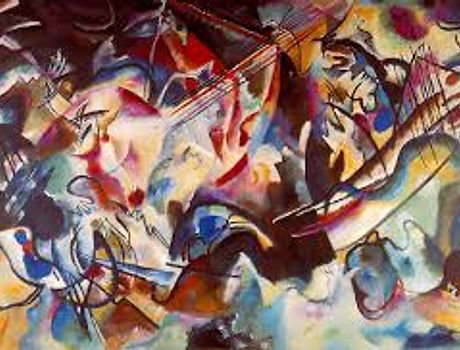
RESEARCH
Theory into Practice
LEADERSHIP FOR COLLABORATIVE PRACTICE: A REFLECTIVE FRAMEWORK

This article is adapted from part of my Masters coursework project. In this investigation, I created a self-reflective framework for leaders, based upon theories of leadership that are most conducive to facilitating meaningful collaboration. Since creating the framework, I have continued to use it in my practice on a daily basis. Below is an extract from my project. It is very ‘theory heavy’, but I agree with Evans, Thornton and Usinger (2012) who stress the importance of using theory to guide practice and using the work of others to open up the possibility of creating one’s own theories.
THE MESSINESS OF HUMAN INTERACTION

This reflective narrative is taken from the appendices of my Masters project. The project used aspects of formal self-study methodology: the exploration of tensions and challenges in practice; the uncovering of my assumptions which affect practice and investigation of whether my practice reflects my proclaimed beliefs (Bullough & Pinnegar, 2001; Bullough & Pinnegar, 2004; Feldman, Paugh & Mills, 2004; Ham & Kane, 2004; Hamiliton, Smith & Worthington, 2008; LaBoskey, 2004; Loughran, 2004a; Loughran, 2004b; Samaras & Freese, 2011).
Feldman, Paugh and Mills (2004) argue that while the self is at the centre of self-study, experiences shape who we are. Through connecting experiences to outside sources and observing the self from inner and outer, we can inform our actions. In this study, perspectives from inside - I as practitioner “actor” and I as outside observer, the “spectator,” are investigated (LaBoskey, 2004, p.820).
This narrative may be a little usual as I use art to help visualise tensions between my own leadership practice and the ‘leadership for collaborative practice’ reflection model which I had created earlier (see Leadership for Collaborative Practice: A Reflective Framework).
USING APPRECIATIVE INQUIRY TO SUPPORT THE IB SELF-STUDY PROCESS

I am a big fan of using Appreciative Inquiry as a structure for the IB Self-Study Process. Why? In a traditional problem solving approach, the focus is on the problem: identify problems; create solutions. In Appreciative Inquiry, problems are not overlooked, but they are treated as hurdles en-route to a co-constructed vision. The focus is therefore shifted to ‘where we want to go’. The Appreciative Inquiry process uses the current strengths of an organisation and analyses them so they can be used further. The whole inquiry, with its emphasis on positivity creates an energising self-study process. This document contains images of the presentation to staff at the start of our self-study and the ‘Appreciative Inquiry Self-Study Guide’, which collaborative groups used to structure their process.